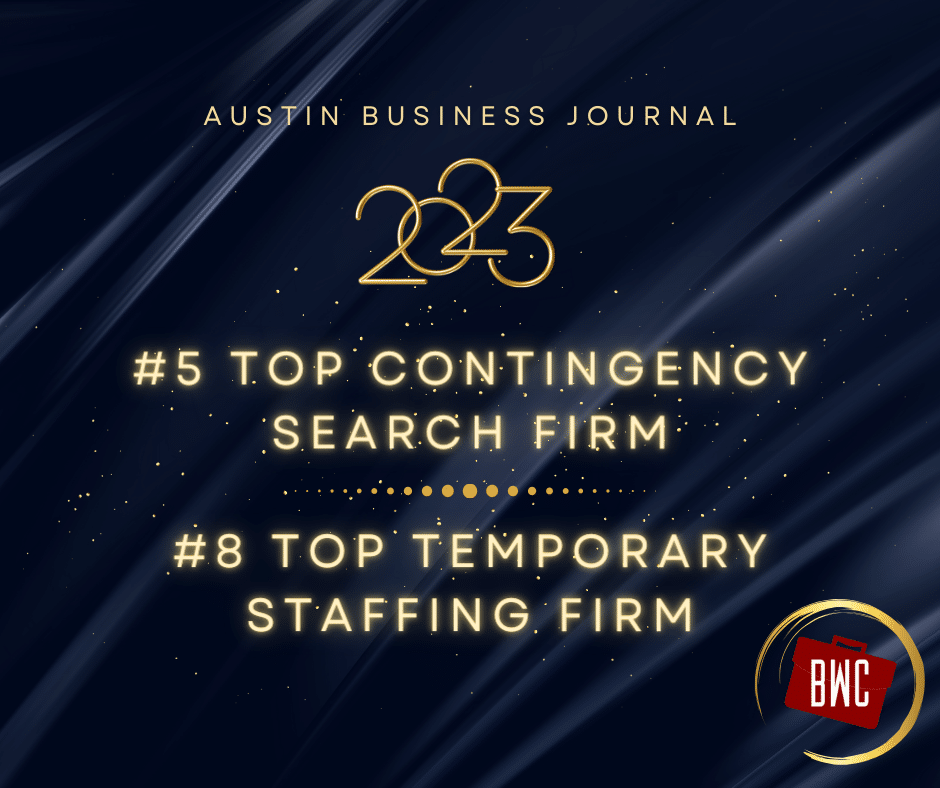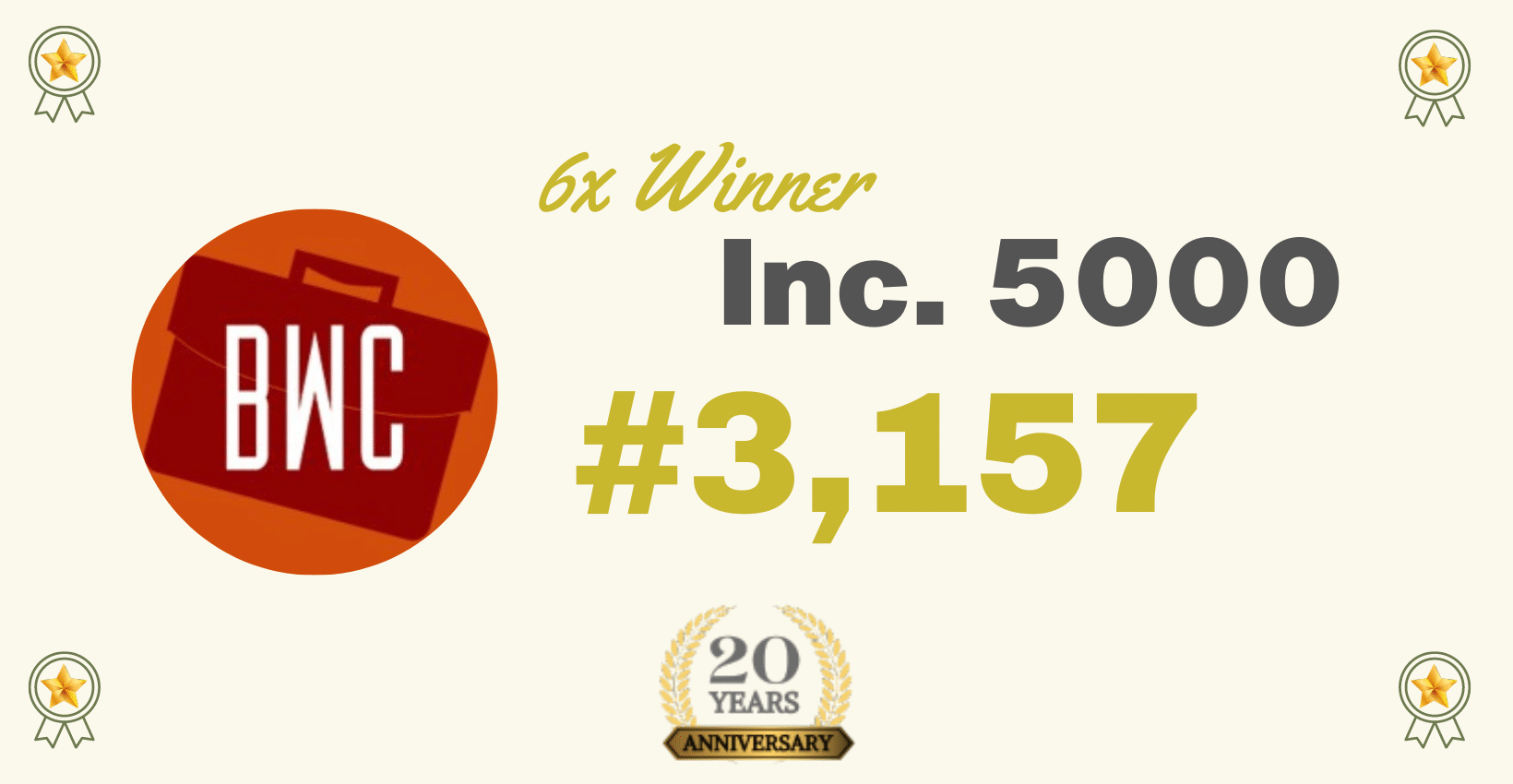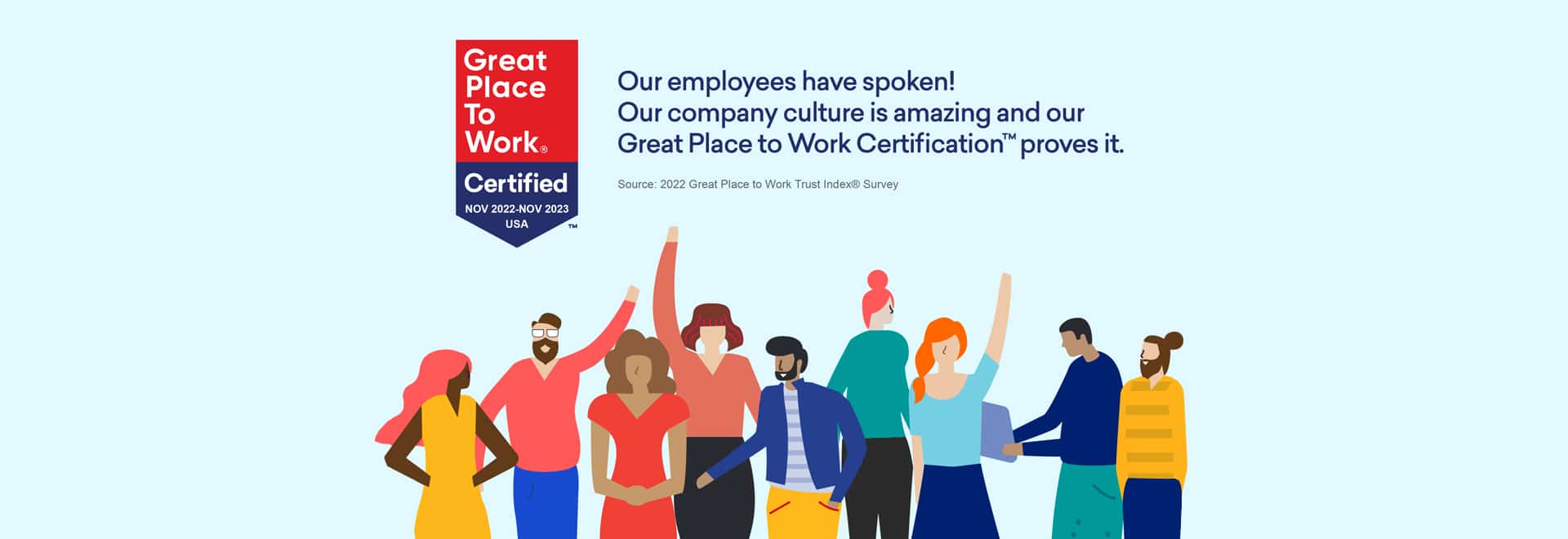Whether you have resolved to look for a new position—or even if you plan to stay where your are—the start of a new year is the perfect time to update your resume! A good rule of thumb is to update your resume once a year, whether you think you need to or not. By doing so, you will keep your key accomplishments recorded and have a current resume at the ready for unexpected opportunities.
5 Great Tips for Keeping Your Resume Current
Your resume should be a living, rather than stagnant, document. Here are 5 tips for keeping your resume fresh, compelling, and easily found by potential employers:
- Use concise writing with keyword integration
A resume is scanned, not read. Today, more of us are using smaller devices, such as phones and tablets, to work and read documents. Relevant keywords integrated into concise, powerful writing will help to get your message across quickly and allow potential employers to match you to the right position. Keywords also allow your resume to be found by tools employers use such as LinkedIn. Eliminate unnecessary wording and avoid using articles (a, the, an, by) to conserve page space and increase scanability. - Begin your resume and each section with information that is most impressive and important to know
While the average time employers and recruiters spend reviewing a resume varies by study, we can all agree that you have mere seconds (less than 20 and as little as 5) to capture the reader’s attention. Begin your resume with the most impressive and important information about yourself. Some key things to consider are: a powerful and descriptive professional branding statement or headline, a keyword-rich professional summary, and prominently displayed honors and achievements. Also, place your most important and measurable accomplishment as the very first bullet item under each position in your professional experience section. - Evaluate the potential use of graphics
Used appropriately, graphics can be a great addition to your updated resume. Elements as simple as borders and lines or boxes can draw the reader’s attention to important information and break up heavier blocks of text. Charts, graphs, and other elements can provide, at-a-glance, a visual representation of your performance. If using charts or graphs, ensure that they make sense when printed in black and white, as well as color. Keep in mind that some graphics can be troublesome for Applicant Tracking Systems used by job boards, so create a graphic-free version for online applications. - Prominently display contact information
A resume is your marketing document and the call to action is to contact you for an interview! Your contact information should be easy to find and accurate. If using a second page for your resume, include your contact information as a header on the second page–just in case it becomes separated from the first on someone’s desk. It is no longer necessary to include your physical address. Instead, include such information as your phone number, email address, and LinkedIn Profile URL or other social media accounts, if relevant. - Consider removing older professional experience
When updating your resume, take a look at the earliest positions you have listed and consider whether they are still relevant and important to potential employers. Often, as we progress within our careers, those entry-level positions are insignificant to our current work. Any work experience older than 15 years is likely unimportant to a potential employer today. It may be time to omit those older positions, making room on your document for more important and timely information.
One final word, if you have worked with a recruiter in the past, stay connected by sending your updated resume with a note to check in about potential opportunities.
Click here to submit your resume to us!






Leave A Comment